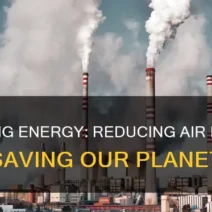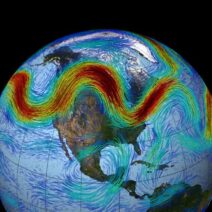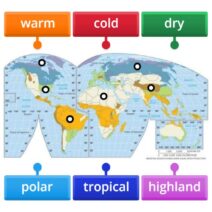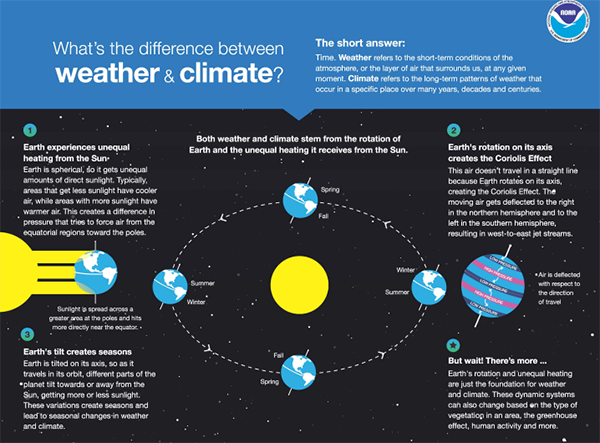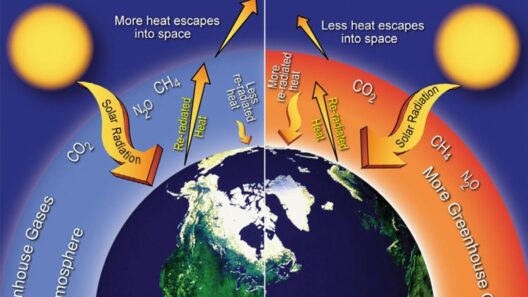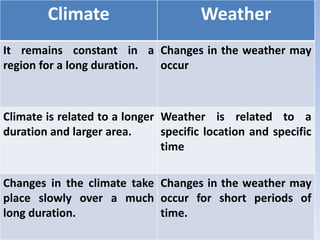In the ongoing discourse surrounding environmental issues, the terms “weather” and “climate” often emerge, frequently intertwined in casual conversation. However, a profound distinction exists between these two concepts, one that is pivotal for understanding the implications of climate change. The essence of weather encapsulates the immediate atmospheric conditions—temperature, humidity, precipitation, and wind—fluctuating on a day-to-day basis. Conversely, climate refers to the average of these meteorological phenomena over extended periods, typically 30 years. This differentiation is crucial, particularly as we grapple with the complexities of climate change and its ramifications on our world.
One might wonder why such a distinction merits discussion. The answer is multifaceted. Firstly, understanding the difference allows for more informed dialogue about climate action. Many individuals conflate isolated weather events—like a snowstorm in March or an uncharacteristically warm December—with the broader concept of climate, which can obscure the reality of long-term trends. When we differentiate between weather and climate, we cultivate a deeper comprehension of how these elements interact with the Earth’s systems.
Weather constitutes local atmospheric conditions occurring at a specific time and place. It is an ephemeral construct; the sun shines brightly one moment, while the next may bring torrential rainfall. In contrast, climate is the cumulative pattern of weather observed in a particular region, encompassing averages, variations, and anomalies over time. For instance, a single cold winter can occur in a generally warmer climate, but ongoing trends of rising temperatures over decades signify a change in climate rather than mere variability in weather.
The notion of climate change introduces various intricacies. As greenhouse gas emissions accumulate, the Earth’s climate system is disrupted. This phenomenon does not manifest solely as a gradual increase in temperature; it encompasses fluctuating precipitation patterns, intensifying extreme weather events, and shifting ecosystems. Therefore, while an individual may experience an unusually cold summer, this short-lived aberration should not be misconstrued as evidence negating climate warming. Rather, it serves as an essential topic for discussion about the variability and unpredictability associated with climate systems.
Moreover, the impacts of climate change often extend well beyond immediate weather manifestations. Consider the plight of polar bears in the Arctic. Changes in climate precipitate melting ice, disrupting the bears’ hunting grounds and threatening their survival. While a group of explorers might weather a blizzard, the ecological ramifications of sustained warming engulf entire species, necessitating urgent and comprehensive responses. Highlighting this distinction provides clarity and urgency; it emphasizes that addressing climate change is not merely about predicting weather but ensuring planetary sustainability.
Another salient point in this discourse is the role of public perception. The media, scholars, and environmental advocates must communicate clearly and effectively regarding climate issues. Misinformation proliferates when weather anomalies are mischaracterized as endorsements or refutations of climate science. A spike in temperature in one region may lead to claims of climate change, while a cold snap occurs elsewhere, misleading audiences into believing that climate science is unfounded. Such misconceptions stall the progress necessary for mitigating climate impact. Promoting an understanding that weather events are transient and climate is a long-term observation encourages a more nuanced comprehension of global warming and its potential resolutions.
In the scientific community, distinguishing between these constructs fosters improved methodologies in climate modeling. Weather prediction focuses on short-term outcomes, often using real-time data to forecast conditions hours or days ahead. Meanwhile, climate modeling emphasizes patterns that can inform long-term projections, taking into account a multitude of variables, including carbon emissions, solar radiation levels, and oceanic currents. As scientists meticulously gather data over years, they construct models that can illuminate future climate scenarios, thereby informing policy decisions and resource management strategies aimed at adaptation and mitigation.
Furthermore, the conversations around climate justice are deeply intertwined with the distinction between weather and climate. Vulnerable populations are often disproportionately affected by climatic changes that exacerbate poverty, health issues, and food security. Transitioning from a weather-centric dialogue to a climate-centric narrative aids in articulating the social ramifications of environmental degradation. By recognizing that climate change is a systemic issue, collective action can be mobilized more effectively, pressing for policies that enrich resiliency and equity.
Pursuing solutions to climate change—such as reducing carbon footprints or advocating for sustainable practices—requires a shared understanding of its systemic roots. By demystifying the connection between these two concepts, individuals can grasp that while weather is a fleeting experience, climate is a profound reality shaping our futures. It invites every citizen to reflect on their role within this expansive framework, inspiring actionable endeavors towards preservation.
In conclusion, while weather and climate may appear as interchangeable terms at a glance, the gravitational differences are crucial for our understanding, communication, and response to the pressing challenges of climate change. By appreciating these distinctions, individuals can better grasp the landscape of our changing planet, engage in informed discussions, and ultimately foster a proactive stance on environmental stewardship. Faced with the provocations of a warming world, a shift in perspective is not just necessary; it can be transformative. Recognizing that climate dictates the long-term trajectory of our ecosystems, we can catalyze a movement rooted in comprehension, empathy, and action that transcends momentary weather events, charting a resolute path toward a sustainable future.
